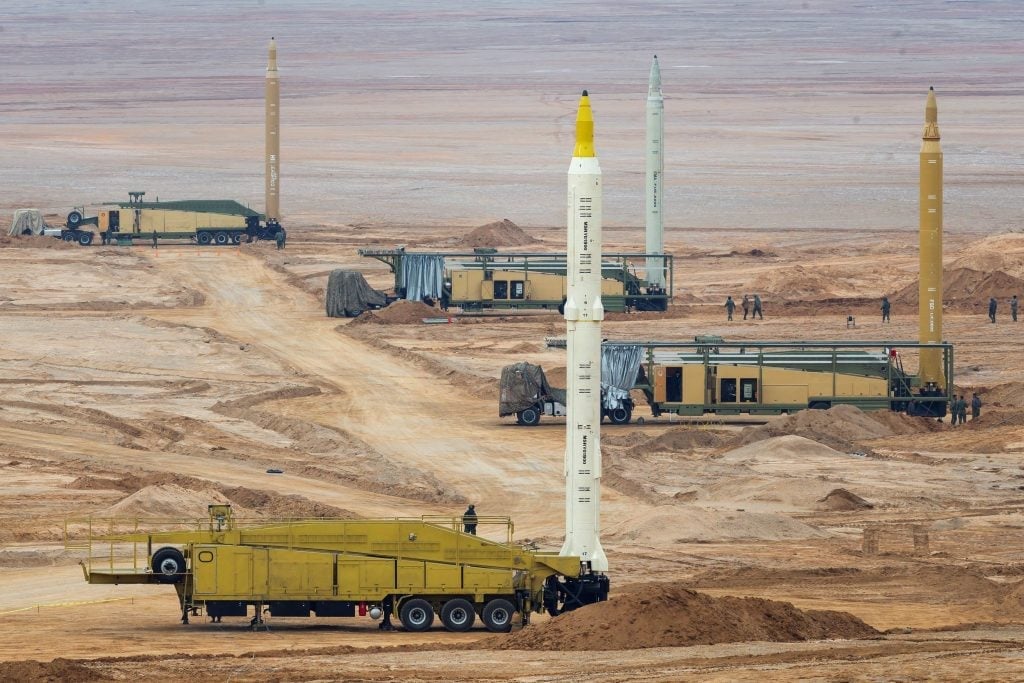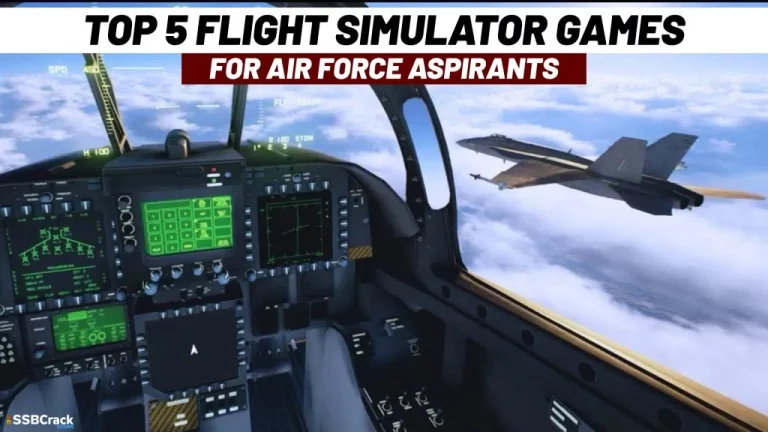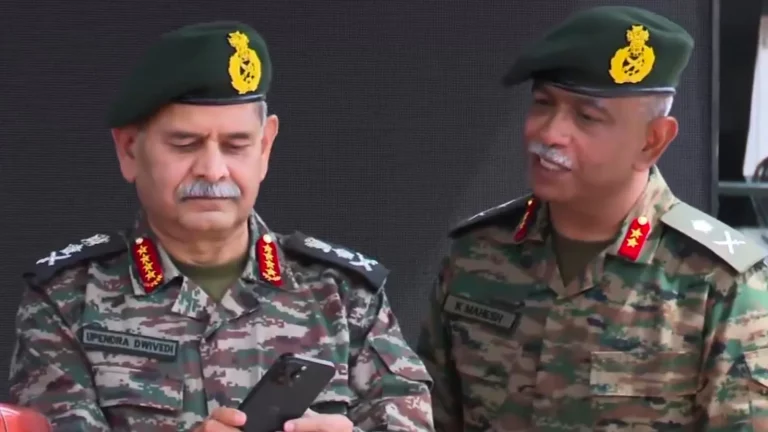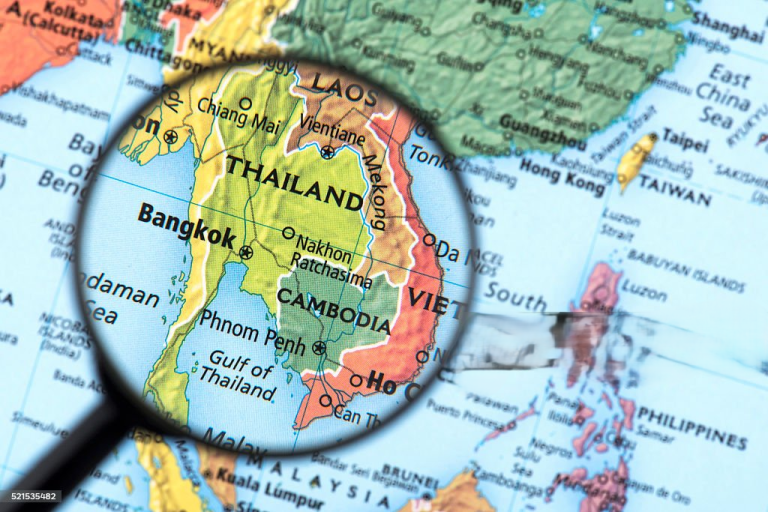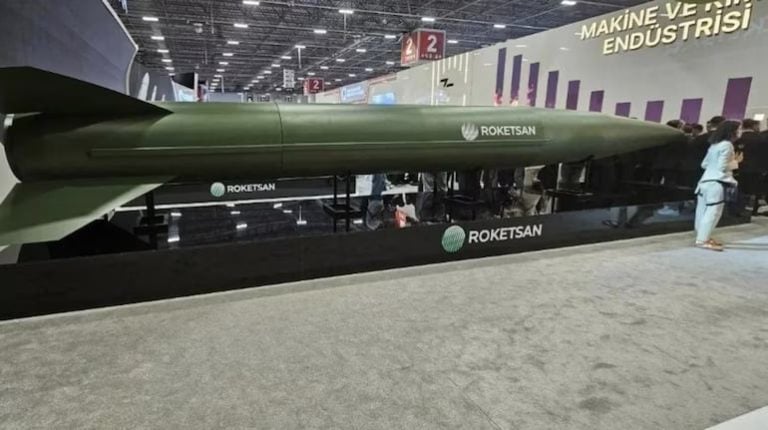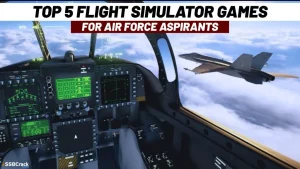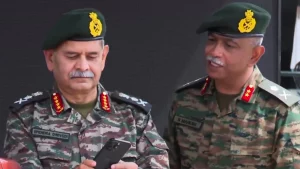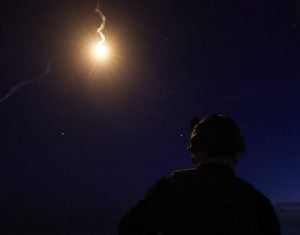In a significant escalation of tensions between Israel and Iran, the Islamic Revolutionary Guard Corps (IRGC) of Iran has confirmed that it launched a Sejjil-2 medium-range ballistic missile targeting Israeli positions. This development marks the missile’s first documented use in a military context, signaling a shift from indirect confrontations through proxy forces to direct confrontations between state actors. The strike was part of “Operation True Promise 3,” a campaign that follows a series of Israeli airstrikes against Iranian nuclear and energy sites, elevating the stakes in an already volatile conflict.
The Sejjil missile, an Iranian-designed two-stage solid-fuel ballistic missile, boasts a reported range of 2,000–2,500 kilometers, with some unverified variants potentially capable of reaching up to 4,000 kilometers. Its design allows for quicker launch times and enhanced mobility compared to earlier generations of liquid-fueled missiles, presenting a more significant threat to targets across the Middle East. The missile is capable of delivering warheads weighing up to 700 kilograms, intended for both conventional and strategic military objectives. The Sejjil-2 variant features enhancements in accuracy, survivability, and launch readiness, first tested in 2008.
The operational use of the Sejjil represents a notable advancement in Iran’s military capabilities. The solid-fuel technology decreases the time needed to prepare for a launch, thereby narrowing Israel’s early-warning timeline. The missile’s range encompasses not only all of Israel but also U.S. military installations throughout the region. Military analysts believe that the Sejjil is engineered to penetrate advanced air defense systems, including Israel’s Arrow and David’s Sling, while its mobility complicates detection and interception efforts.
Iran claims that the targeted sites were Israeli intelligence and air force facilities. However, Israeli military reports indicate that the missile was intercepted mid-air, with debris narrowly causing minor damage to a civilian vehicle. Conflicting reports have emerged regarding whether a nearby hospital sustained damage from the missile’s blast wave or was intentionally struck. The Israeli Defense Forces (IDF) assert that their Arrow-3 defense system played a vital role in neutralizing the missile threat.
This engagement marks a shift in Iran’s military posture, illustrating Tehran’s readiness to confront Israel directly with cutting-edge weaponry. This escalation puts added pressure on Israeli defense systems, which are already strained by ongoing missile and drone assaults from Iranian allies in Lebanon, Syria, and Yemen.
In response to these developments, the United States has heightened its alert status and deployed advanced air defense assets to the region. Washington has indicated a possible direct response should U.S. assets come under threat. Meanwhile, Gulf states are watching the situation closely, concerned about the potential for regional instability.
Israel’s defense mechanisms, which include a layered missile defense system composed of the Iron Dome, Arrow-2/3, and David’s Sling, remain operational. However, intelligence assessments suggest that sustained and large-scale missile attacks could overwhelm these defenses. U.S. support is deemed critical, with ongoing surveillance and radar systems supplying real-time information to assist in interception efforts.
The Sejjil missile program, initiated with the 2008 test of the Sejjil-1 and later upgraded with the Sejjil-2 in 2009, reflects years of investment in ballistic technology. Despite this advancement, the missile had not been employed in combat until now, highlighting a newfound willingness by Iranian leadership to engage in direct military action.
The international community is reacting swiftly to these developments, with the United Nations preparing for an emergency Security Council session. The U.S. government has condemned the missile launch while reaffirming its support for Israel’s security interests. On the other hand, Russia and China have called for restraint, and the European Union has urged all involved parties to seek de-escalation. In response to fears of regional disruption, oil markets have reacted sharply, witnessing an increase in prices.
Looking ahead, Israeli officials have indicated that a broader retaliation could follow if missile attacks persist. The ambassador to the U.S. has warned that a “greater magnitude” response may be imminent. The specter of a multi-front conflict looms large, with various militant groups including Hezbollah, Iraqi militias, and Yemeni Houthis poised to potentially engage Israel.
The operational deployment of the Sejjil missile represents a dangerous new chapter in the Israel-Iran conflict. With both nations now equipped with sophisticated missile technologies and global powers involved in the region, the risk of a larger war has escalated dramatically. As calls for restraint increase, the urgency for diplomatic interventions grows ever more pressing, aiming to prevent the situation from reaching an irretrievable point of escalation.
